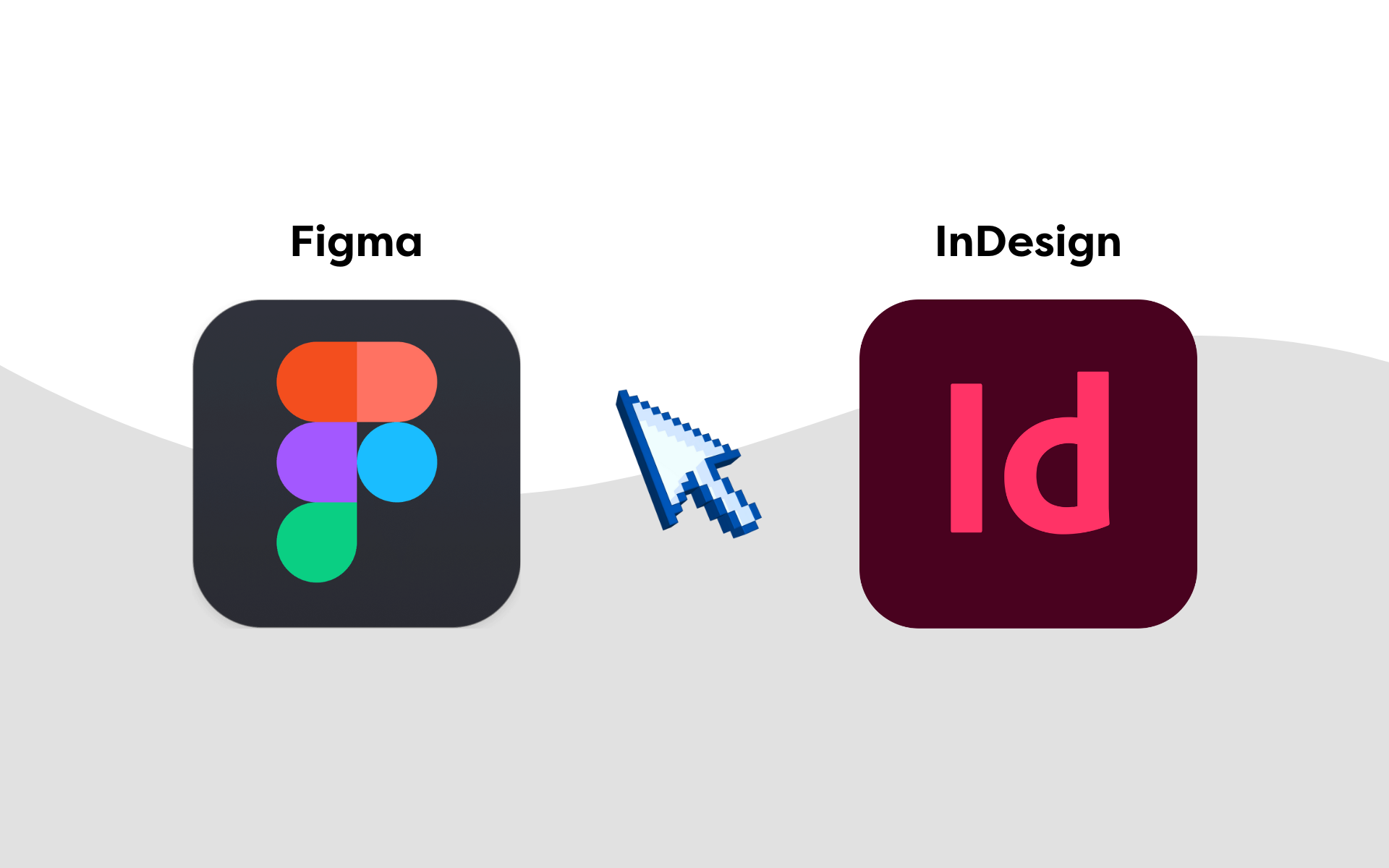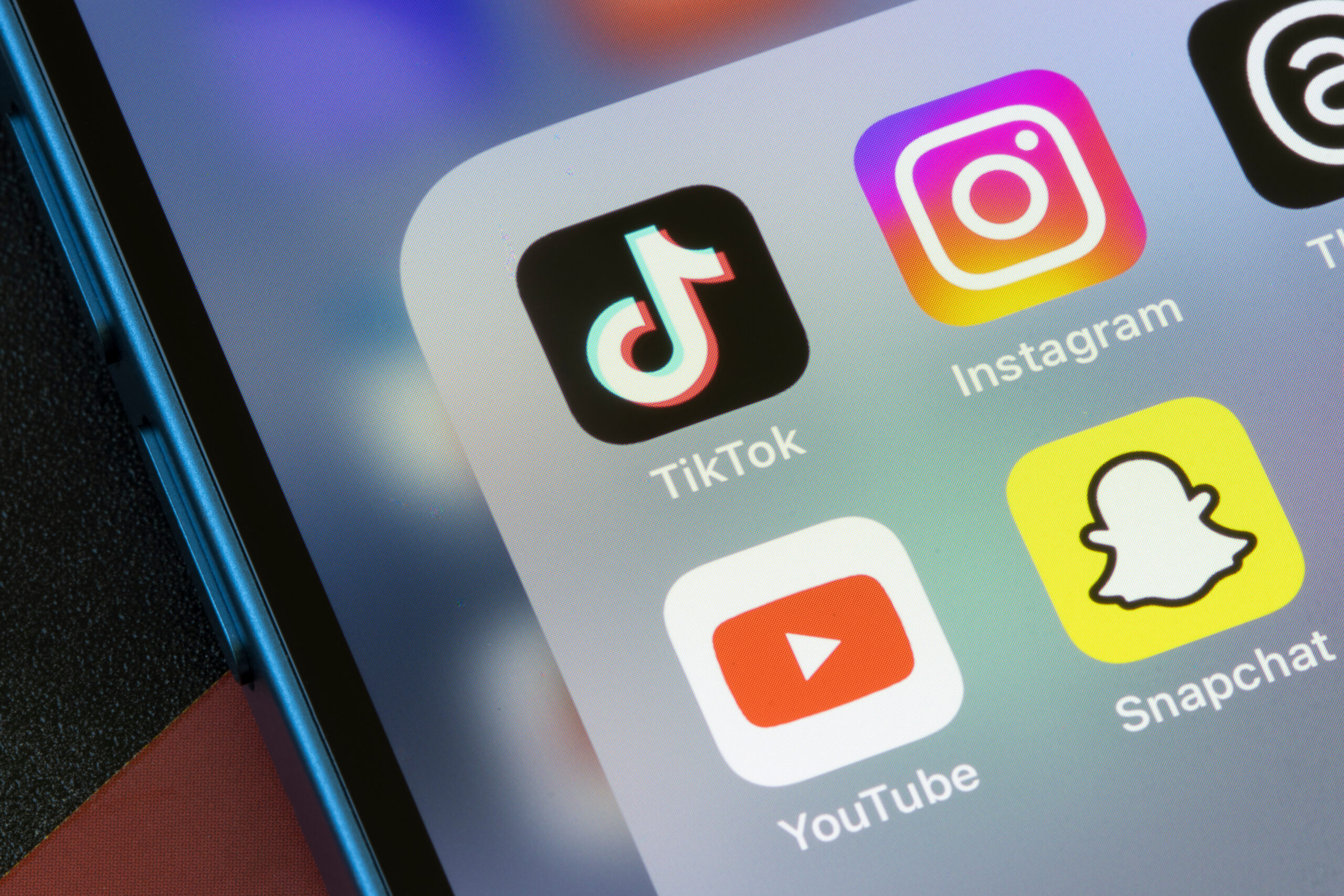Digital marketing is constantly evolving, with best practices changing every day and new platforms disrupting the industry regularly. This is why it is important to stay on top of the latest trends and advancements in the industry.
Understanding what customers want, where your competitors are putting their focus and how different sectors are using various channels can help you build a successful marketing strategy.
However, finding the right research or picking out the relevant parts of recent studies can be difficult and time-consuming. This can mean you miss out on insights that could help make your digital marketing stronger and more effective.
To help you stay on top of the industry and ahead of your competitors, we’ve gathered some of the latest marketing statistics together. We’ll update these statistics as much as possible to ensure you can continue to use this resource to inform your strategy.
Whether it’s email marketing, social media, lead generation or another area you’re interested in, here are the stats that could help you succeed at digital marketing.
Social Media Marketing Statistics
- 18% of Pinterest users will engage with promoted/sponsored posts. 17% of TikTok users, 17% of Instagram users, 16% of LinkedIn users and 15% of Facebook users will do the same.
- The average post engagement rate on TikTok was 5.96% in 2021, outstripping all other platforms with Instagram coming in second with an engagement rate of 0.83%.
- 78% of consumers are more willing to buy from a brand and 77% will choose a brand over a competitor after having a positive experience with a brand on social media.
- 90% of marketers want to work with micro-influencers (those with 5-100k followers) compared to 72% wanting to work with macro-influencers (100-500k followers) in 2021.
- 62% of consumers believe that brands without a strong social media presence will not be able to succeed in the long run.
- 86% of marketers using influencer marketing on Instagram are enabling shopability as part of the content.
- Instagram Stories accounted for 32% of total ad spend on Instagram in Q1 of 2021 compared to 22% during the same period in 2020.
- The average click-through rate for retail Facebook ads increased by 6% year-on-year in 2020 to reach 1.32%.
- 77% of B2B and B2C marketers are using retargeting as part of their Facebook and Instagram advertising strategies.
- TikTok is now more popular than Instagram among Gen Z than Instagram (37.3 million users versus 33.3 million) but is growing in popularity among those aged between 34 and 54, with this age group making up 36% of the platform’s users in Q1 of 2021.
- 45% of companies are expecting to increase social media marketing budgets by up to 50% in the next three years.
- 72% of companies are using social media for customer engagement compared to 61% using it for lead generation.
- 39% of Millennials think that social media ads are very/somewhat trustworthy.
Email Marketing Statistics
- 80% of marketers are personalising emails with the recipient’s name, company name or other profile data. 64 of personalising by customer segment.
- 55% of marketers are utilising email marketing automation.
- 21.5% of an email campaign’s opens happen within the first hour after being sent, with 50.6% of opens happening within the first six hours after sending.
- Gmail is the most popular provider to use for personal email addresses among Genz (73%), Millennials (46%) and Gen X (34%). Baby boomers are more likely to use hotmail/outlook.com (31%).
- The open rate for one newsletter per week is 30.1% on average, with the click-through rate being 3.6% and the click-to-open rate reaching 12.1%. Comparatively, engagement drops with four newsletter sends a week, with open rate, click-through rate and click-to-open rate falling to 19.8%, 1.8% and 9.1%, respectively.
- 30% of marketers report that their email marketing effectiveness is improving slightly, with 39% saying it is holding steady and 8% saying it is improving significantly.
- Non-profits increased their emails in 2020, with a 17% increase in email volume compared to 2019.
- 71% of email marketers are using email marketing to communicate with customers. However, this is down from 74% in 2019 as more marketers are shifting to using email to build brand awareness (69% in 2020 compared to 64% in 2019).
- Friday is now the best day for email engagement with the highest open rate of the week (18.9%), a joint top click-to-open rate of 14.5% (tied with Wednesdays) and a top click-through rate of 2.7%.
- The majority of consumers use smartphones most often to access their personal email, with Gen Z (89%), Millennials (4%) and Gen X (66%) saying this is the case. In comparison, 77% of Baby Boomers use a computer to access their emails most of the time.
- 45% of marketers find maintaining an engaged list to be the most difficult email marketing objective to achieve.
Content Marketing Statistics
- 82% of companies actively use content marketing.
- 91% of B2B marketers say the purpose of their content marketing is to create brand awareness. Some 85% say it is used to generate demand or leads.
- 35% of content marketers would create more video content if they had more resources available.
- 75% of marketers said that search engine optimisation was the most efficient content marketing tactic implemented by their team in 2020. This is up from 67% in 2019.
- 35% of companies say their primary goal for their content marketing strategy is to create awareness of the brand and generate positive feelings about it, compared to 15% who say it is to generate leads.
- 54% of marketers are still finding it moderately difficult to measure content marketing performance, with 7% finding it extremely difficult.
- 56% of marketers say that targeted content is an essential strategic element of a successful lead nurturing program.
- 86% of B2B content consumption is done by others outside of the C-suite, suggesting that many B2B companies are targeting the wrong audience.
- 47% of organisations now spend more than $10,000 on their annual content marketing output compared to 38% in 2019.
- 84% of B2B marketers use paid channels for content marketing purposes.
- 46% of digital enterprises are looking to use better data to create personalised content that serves the customer journey.
- 30% of companies say their content strategy is based on a mix of business goals, competitor analysis, audience needs, digital data and AI insights.
Digital Advertising Statistics
- Just 38% of global customers consider advertising to be a trusted source of brand and service information.
- 24.6% of marketers say that the biggest pain point for online advertising is finding proper targeting.
- 80% of consumers say that search engines like Google, Yahoo! Or Bing are the most important sources of information when it comes to purchasing decision making.
- Retargeting is proving to be a successful form of advertising, with 58% of marketers saying their retargeting strategy is above average and a further 36% saying it is best-in-class.
- 49.7% of consumers want ads to provide product information, 39.9% want them to provide discounts or special offers and 38.6% want them to be entertaining.
- 51.9% of consumers say that seeing too many ads negatively impacts their view of a brand. A further 39.4% said that ads that block content they are trying to access also affects their view of a brand negatively.
- 2020 saw social media advertising revenues in the US total $41.5 billion, seeing a 16.43% increase compared to 2019.
- 45% of Millennials view ads shown on apps and websites (excluding social media) to be very/somewhat trustworthy. However, traditional media is more trustworthy as 54% believe that adverts played on AM or FM radio to be very or somewhat trustworthy.
- 27% of consumers say that ads on websites and apps help them to make the smartest purchase decisions but only 17% are happy receiving these types of ads. In comparison, 26% of consumers say that direct mail helps them make smart purchasing decisions and 25% are happy receiving these types of ads (LoopMe).
- 85% of consumers are more likely to trust a brand with high-quality and well-designed ads (46% somewhat agree, 39% strongly agree).
- 63% of retail brands say that mobile ads deliver the greatest ROI.
Customer Experience Statistics
- 45% of marketers are focusing on website optimisation for improving digital customer experience over the next year.
- 42% of marketers say that a lack of time and resources is the top challenge when it comes to designing a strategy to improve customer experience.
- 44% of decision-makers are making new tech investments in order to embed customer insights and feedback throughout their organisations.
- 40% of CX decision-makers have identified improving customer experience over the next year as critical, with a further 46% saying it is a high priority.
- 83% of consumers say that the ability to quickly do what they came to on a website is one of the most important ways companies can improve customer experience.
- 53% of marketers believe that quality content contributes most to creating an effective customer experience, closely followed by personalisation (46%).
- 94% of consumers who rate experiences with companies as ‘very good’ will purchase more from the company, with 94% also saying they would recommend the company.
- Budget is still the biggest CX challenge for marketers, with 45% saying this was the case before Covid-19 and 50% saying it is the case post-Covid19.
- 94% of analytics, customer care and marketing professionals say that a customer journey-based approach to CX helps identify opportunities to improve customer experience.
ECommerce Statistics
- 50% of eCommerce searches are informational rather than transactional.
- 76% of consumers say that detailed product descriptions are an important part of the online shopping experience.
- 56% of consumers will leave a review if a product is excellent, compared to 41% who will leave a review if a product is unsatisfactory for reasons other than arriving broken.
- 70% of consumers strongly agree that they are influenced by the product with the best ratings/reviews, with a further 67% saying they are looking for the product with the lowest price.
- 64% of eCommerce site leaders are investing in ensuring their sites are fully secure to protect shoppers or evolving content security policies.
- 55% of consumers say they will shop digitally more following the Covid-19 pandemic.
- ECommerce is expected to account for 18.1% of all retail sales worldwide in 2021.
- 53% of consumers say they shop online for free delivery, closely followed by the ability to use coupons/discounts (41%).
- 81% of consumers conduct online research before making an online purchase.
- 77% of online shoppers in the UK use Visa or Mastercard to buy online, and just 10% use PayPal.
Keeping up to date
As mentioned above, digital marketing is constantly changing and evolving. Its important to keep on top of the latest changes in user behaviour and trends as they emerge. It can be a little daunting to sieve though so much information, research, track and comprehend.
Luckily this is usually a function of a digital marketing agency, and luckily Marketing Labs are just that. If you’d like more information on how we can help you & inform or manage your digital strategy, contact us here.








